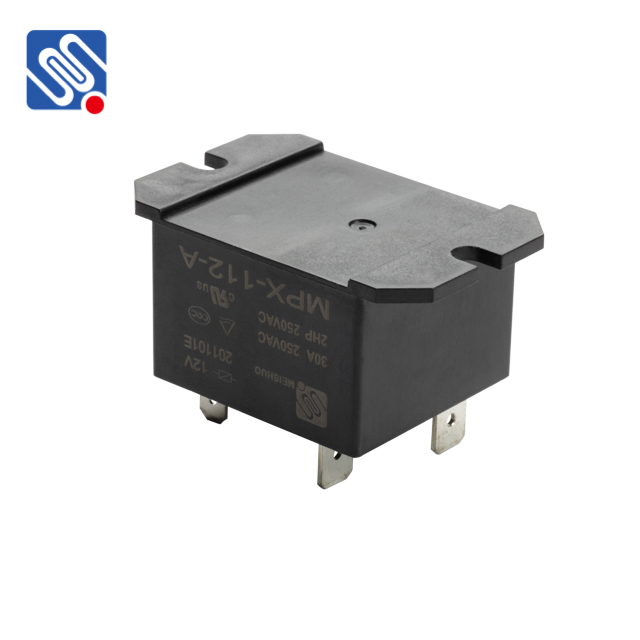understanding the 220v 30a relay: features, applications, and importance
Release time:2025-07-22 19:20:59
Relays are fundamental components in electrical systems, enabling the control of high-power devices with low-power control signals. One of the most commonly used types of relays is the 220V 30A relay, which plays a crucial role in both industrial and residential electrical applications. This article explores the features, working principle, applications, and importance of the 220V 30A relay, shedding light on why it is so widely adopted in diverse fields.

What is a 220V 30A Relay?
A 220V 30A relay is an electrical switch that allows a low-power signal to control a higher-power load, typically in a 220V AC (alternating current) circuit. It is designed to handle up to 30 amperes of current, making it suitable for large electrical systems. The relay operates on the principle of electromagnetic induction, where an electromagnet, when energized, moves a set of contacts to open or close the circuit. This ability to switch large currents makes relays indispensable in automation, electrical engineering, and many other industries.
Features of the 220V 30A Relay

